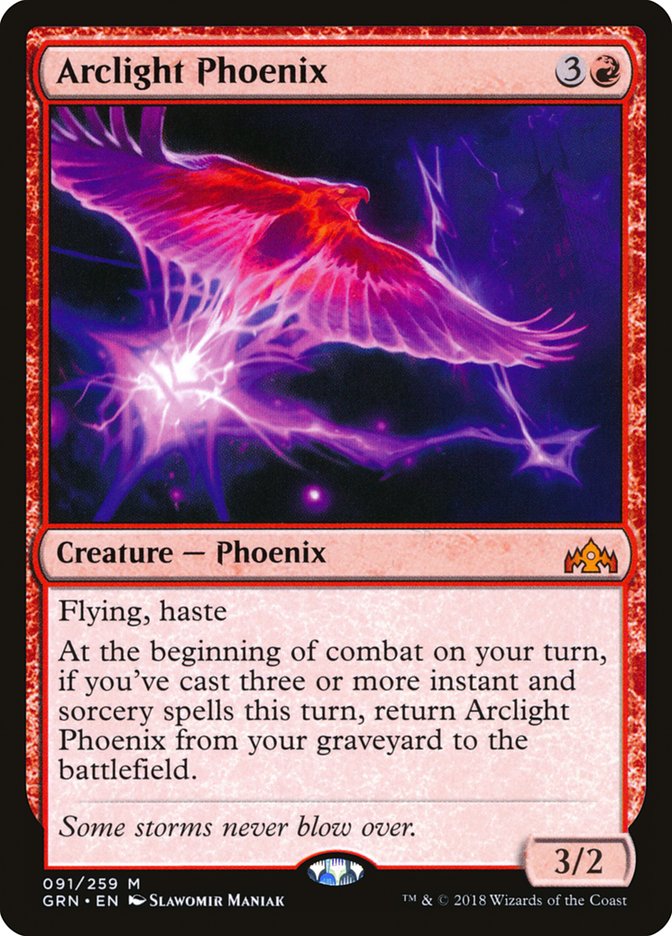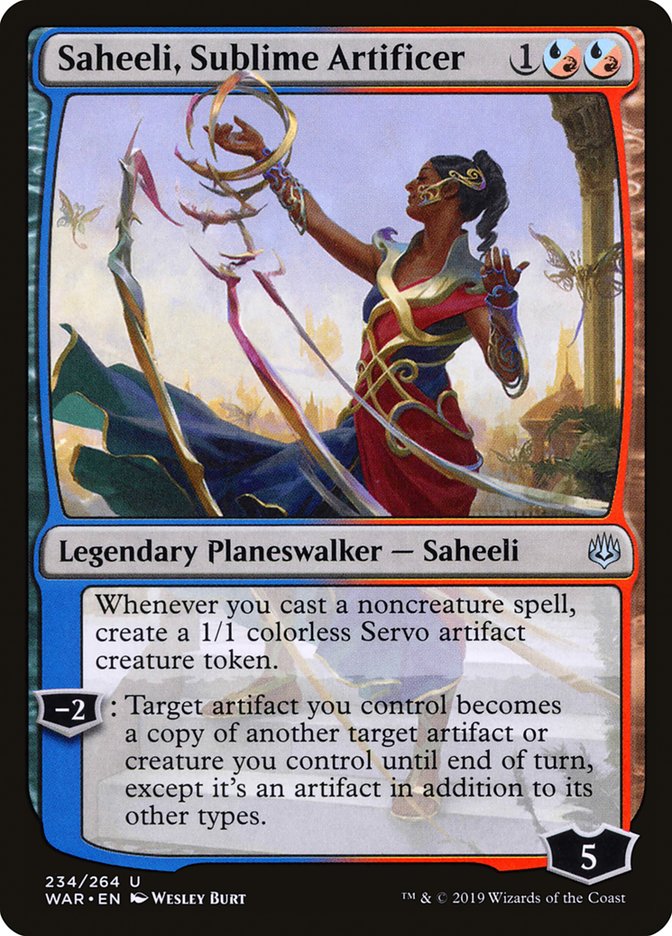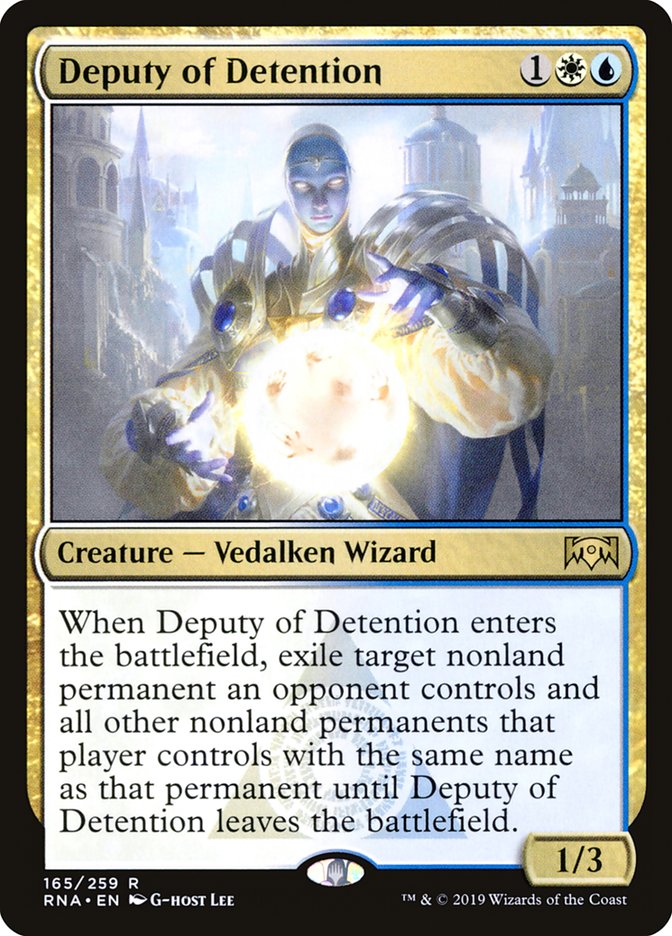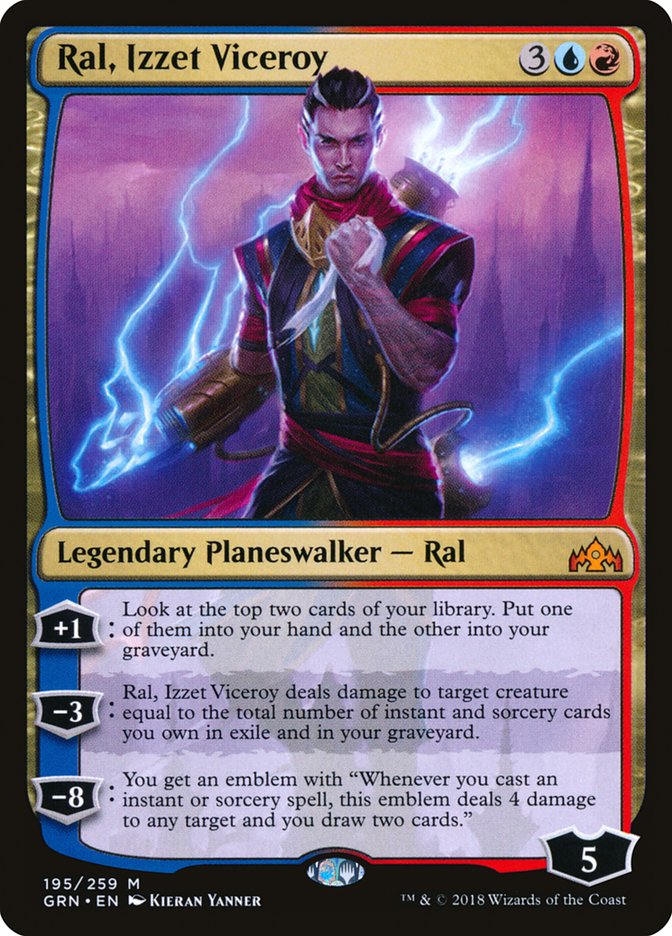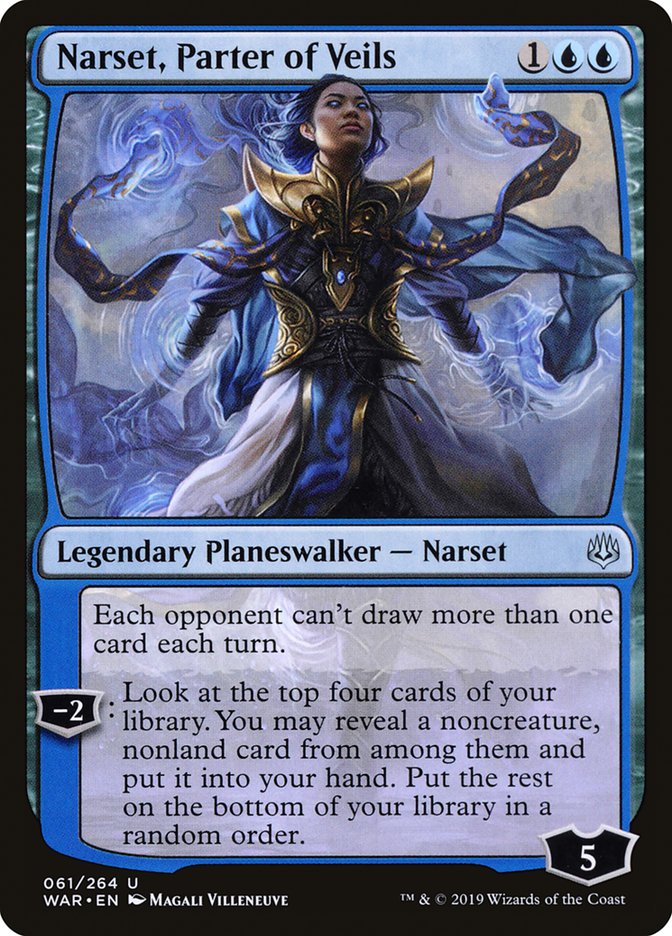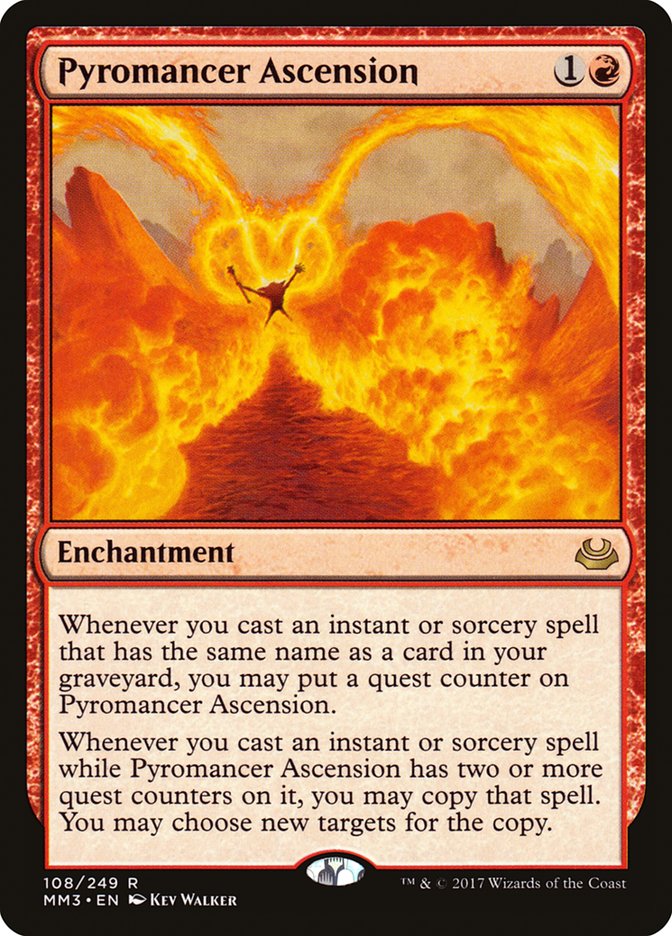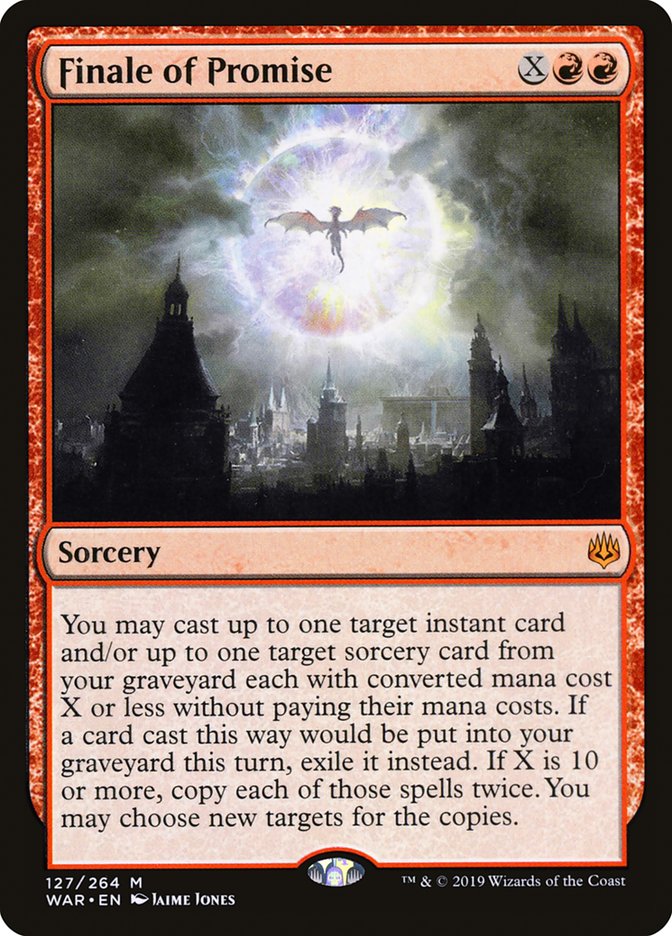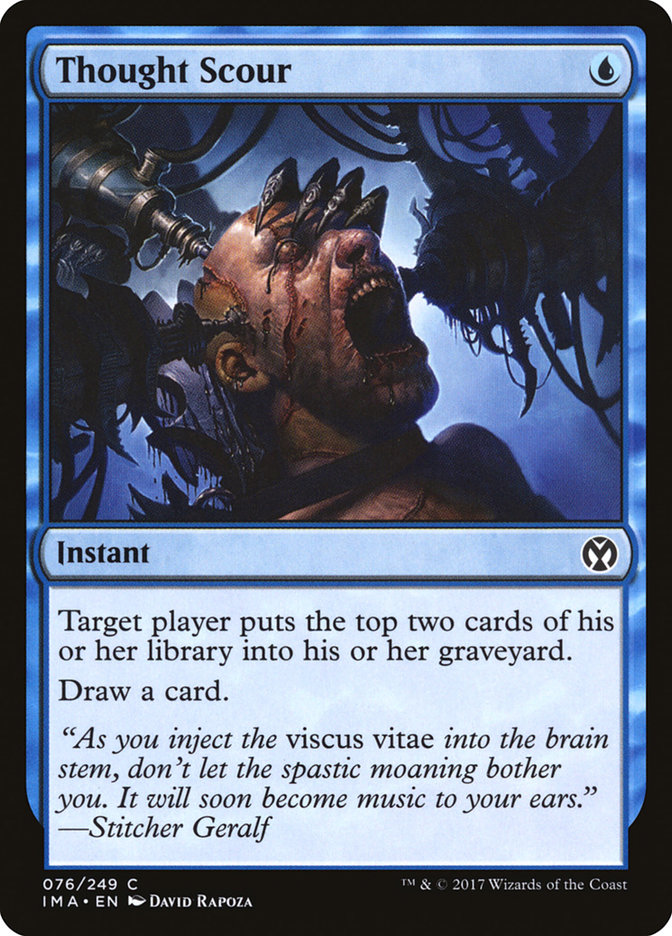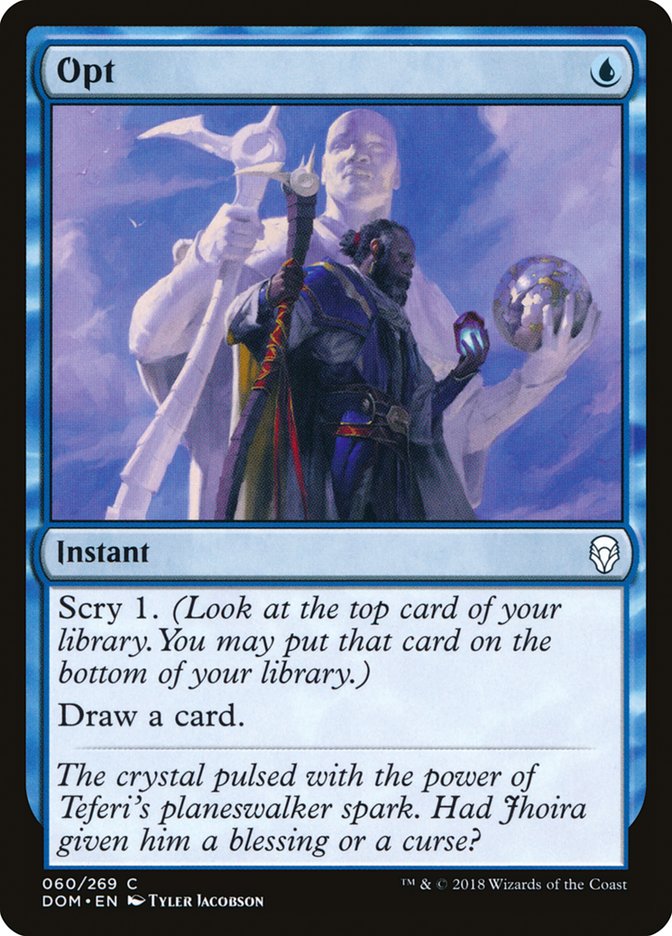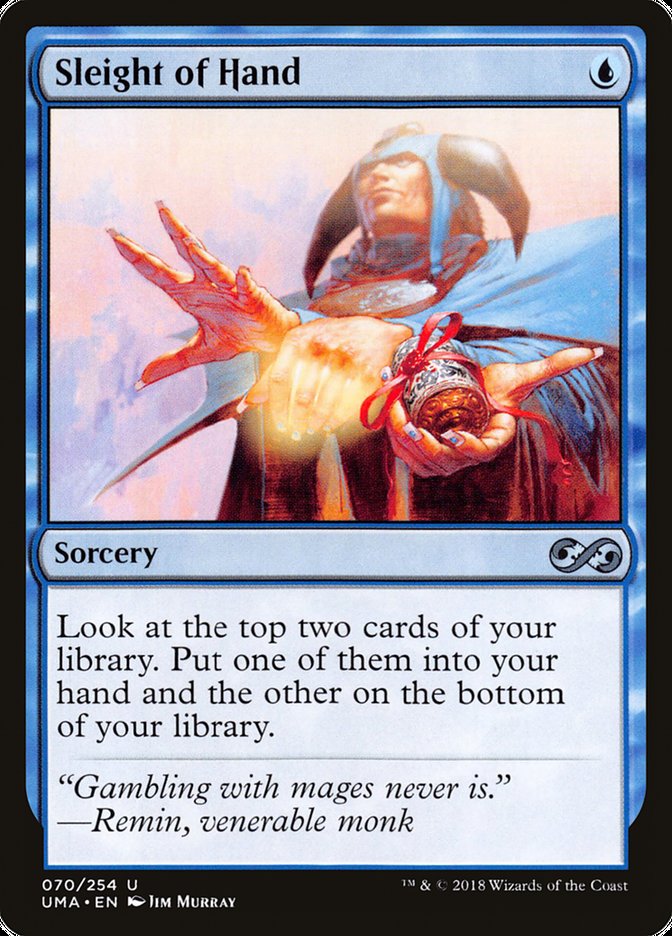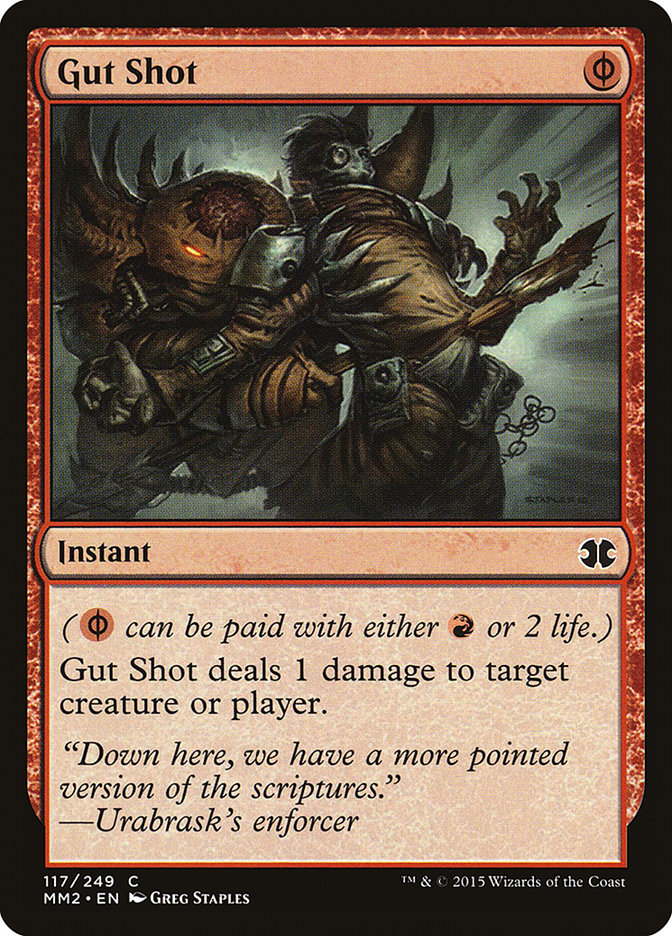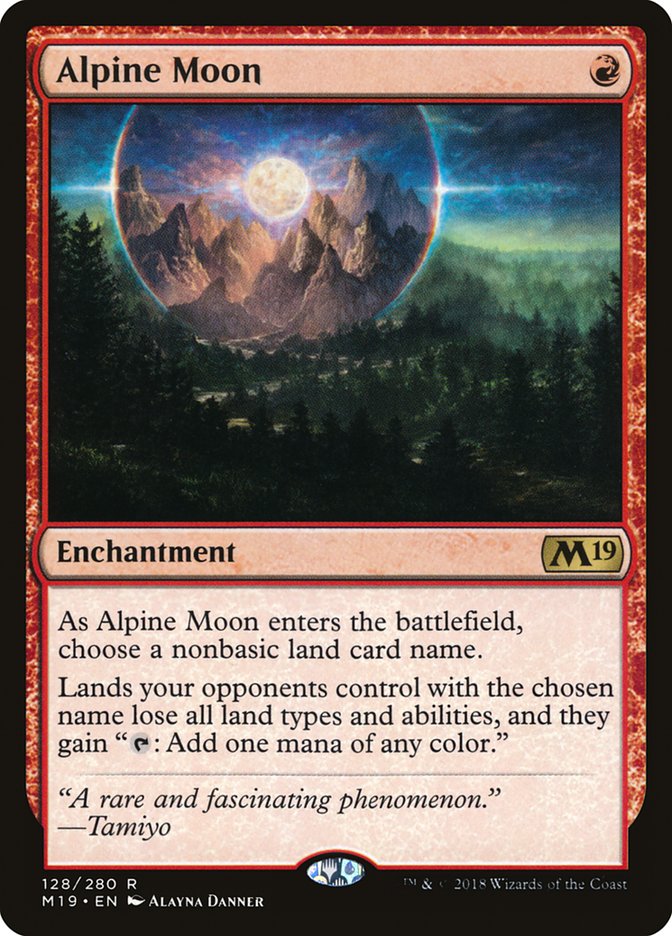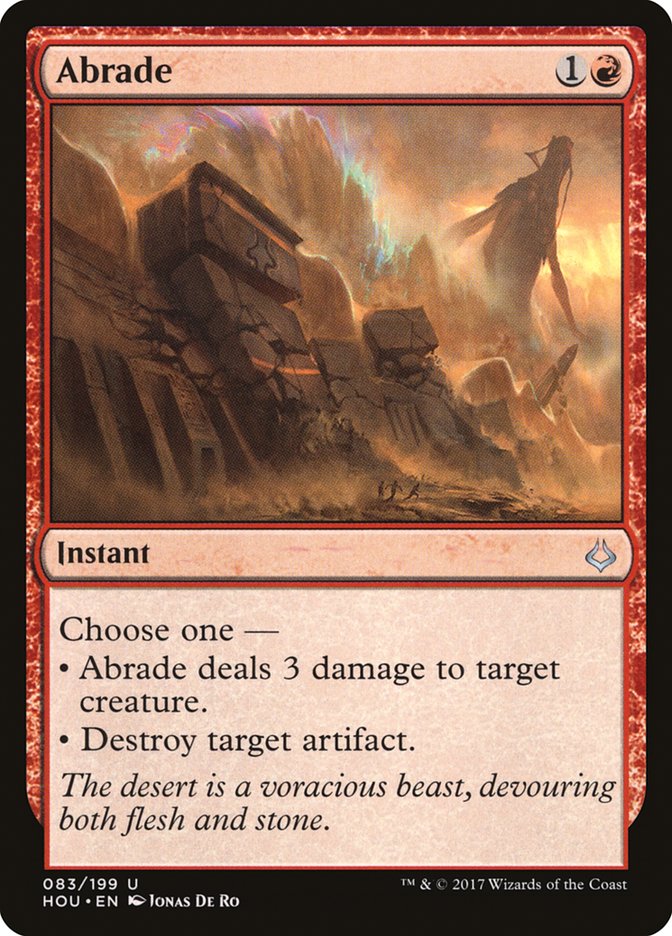Sometimes you just have to stick to what you do best.
Izzet Phoenix has been the most successful deck in my career, and aggressive decks with Islands have been common among other decks I’ve piloted to significant success. There’s something about cantrips and creatures that speaks to me or maximizes my skill set as a Magic player.
So, when I had Todd Anderson, noted Izzet aficionado, talking my ear off about Izzet Phoenix in Standard, I was a receptive audience. I took the deck to a reasonable 25th-place finish, and if you want to see an updated list, be sure to check out VS Live! today on Twitch, or catch it on Friday on YouTube.
I’m not here to talk about Standard today, because with a Modern Open in Louisville this weekend, it’s time to shift to the older format and check in with the more powerful Izzet Phoenix deck. After weeks of dominance in Modern and ban discussions, the lightning chickens have been on the decline. Unsurprisingly, the metagame adjusted and now we find a Modern that’s hostile to Thing in the Ice and friends, with few bad matchups to feed on.
Fortunately, War of the Spark looks to be potentially one of the most impactful sets for Modern in years, and there’s no shortage of cards for Izzet Phoenix. In fact, three cards which impressed me last weekend in Standard are powerful enough to get a look in the Modern version.
Those three cards are Saheeli, Sublime Artificer, one of my MVPs from Syracuse; Narset, Parter of Veils, which is already seeing play in Modern online; and Finale of Promise, which has already made its way into the maindeck of paper lists of the deck. Let’s take a look at all of them individually as far as their impact for Izzet Phoenix players before putting it all together in a prospective post-War of the Spark Modern list.
Saheeli, Sublime Artificer
I noted above that Finale of Promise has made it into paper lists of Izzet Phoenix, and Saheeli has also made its way into sideboards as a singleton. It’s a powerful card on its static ability alone and can potentially fit into the Modern deck in two different roles.
First, it could replace Crackling Drake and/or Pyromancer Ascension as a supplementary threat to the core of Arclight Phoenix and Thing in the Ice. Relative to those two cards, Saheeli is a slower clock, even with the ability to cast four or more spells in one turn, but it’s significantly more difficult to answer. In Modern, I’m typically more concerned with applying pressure when considering maindeck slots because of the many combo and aggro decks in the format, and I look to my sideboard to cover the late-game against control decks.
Speaking of aggro decks, I could see Saheeli playing well against Humans as a way to buy time against larger creatures before you take control in the air or transform a Thing in the Ice. That is, I could see that if Deputy of Detention weren’t already a stock addition to the deck, providing an easy way to wipe out all your hard work with no way to get the Servo tokens back.
As a maindeck threat, we also must consider how well Saheeli plays with our own cards. In Standard, the -2 ability comes up quite frequently in copying Crackling Drake, and we can do the same in Modern, albeit with less frequency, given neither will appear in large numbers. However, making a pile of tokens plays quite awkwardly with Thing in the Ice, the deck’s primary threat. There’s the potential to transform Thing early and then cast your Saheeli, but at that point the planeswalker is likely unnecessary, so I expect these two cards to butt heads quite often.
Suffice it to say that I’m not enthused by the prospect of relying on Saheeli as a threat against the wide spread of Modern decks.
However, the second role it could play is much more promising, which is as the sideboard threat for attrition matchups. Heretofore that role has been filled by a revolving cast of expensive planeswalkers, namely Jace, the Mind Sculptor; Chandra, Torch of Defiance; and Ral, Izzet Viceroy, as well as the planeswalker-like Keranos, God of Storms. Each of these cards provides a difficult-to-answer source of card advantage coupled with a way to interact on the battlefield, whether it’s dealing damage to opposing planeswalkers or killing a Tarmogoyf from Jund.
Saheeli provides similar cascading advantage at a cheaper cost, which is a huge deal in Modern. And while Saheeli can’t answer opposing permanents directly, the Servo tokens do a great job of pressuring opposing planeswalkers, as it did in Standard last weekend, and can either tread water or trump a single big creature like that Tarmogoyf if left unchecked.
Notably, these attrition matchups, like Jund, Golgari Midrange, and Azorius Control, are all matchups where Thing in the Ice is at its worst, since it provides no immediate value and is easily answered by opposing removal like Fatal Push and Path to Exile even after you invest the resources to transform it.
One of the ways players have targeted Izzet Phoenix is to overload on spot removal to take advantage of the deck’s nominally low threat density. Combined with some graveyard hate to answer Arclight Phoenix, you end up with a string of cantrips that only find air. Saheeli’s tokens punish any draw that’s heavy on spot removal unless they have a quick answer for the planeswalker itself, which will either take a couple of burn spells, a Celestial Purge, or an Assassin’s Trophy / Abrupt Decay.
At the lower cost point, it’s easier to land early or wait until either the opponent is low on resources or you have a counterspell for protection. You can also cast it and a spell or two in the same turn to get immediate value, at the same mana cost that you’d be casting a Keranos with no such immediate impact. I’m high on Saheeli, Sublime Artificer in this role, and will be playing with one or two copies in my sideboard all week to see if it meets my expectations.
Narset, Parter of Veils
This one is bittersweet. While it’s a card that could fit nicely into Izzet Phoenix, it’s also great against the deck, and it’s better against us than it is for us. If you talked to me in December, I would’ve told you that Azorius Control is a bye, but they’ve been slowly adjusting their removal for the matchup and now they have access to what amounts to a bomb.
Shutting down cantrips is huge in and of itself, but the cascading effect is how much weaker it makes Pyromancer Ascension. This is the deck’s biggest plan in the late-game, and it becomes a lot harder to execute against a Narset, which is already enough to scare me off the four-Ascension version with Noxious Revival, but if the card becomes big enough, that will make me rethink Pyromancer Ascension entirely.
For Izzet Phoenix itself, Narset represents a solid role-player that will shine in attrition matchups as well as in the mirror. I expect it to see sideboard play in small numbers and force players to leave more Lightning Bolts in after sideboarding in the mirror match than they have. I’ve been bringing all four out for months now and am loath to keep more than one or two in, but answering Narset will be crucial.
Also, the presence of Narset, even in small numbers, is enough to push me toward Sleight of Hand over Opt. While you can Opt on their turn to get the card draw, being forced to do so is problematic when transforming Thing in the Ice is so important. Sleight can dig immediately for an answer or a threat to pressure Narset, and pre-War of the Spark, the difference was so small that any new variable is enough to tilt the needle firmly in one direction.
Finale of Promise
Of the three new cards to consider, Finale of Promise is the most obviously powerful. I played a third copy in my Standard deck last weekend on Todd Anderson’s recommendation, despite how poorly it matches up against Teferi, Time Raveler, and I was happy I did. It’s rare to see this combination of card advantage and versatility at such a low cost.
Sometimes it targets two removal spells to catch up against aggressive decks. Against control it can hit two cantrips and function as a pure card advantage spell. In this mode, targeting Serum Visions is great, since you can access the cards you scry on top with the second cantrip – just be sure to target your opponent with a Thought Scour unless you’re digging specifically for Arclight Phoenix. Much of the time, you’ll split the difference and build your own Ral’s Outburst with a Lightning Bolt, but at three mana, that’s a great card.
As with the threat of Narset, Finale of Promise raises the stock of Sleight of Hand, since versions with Opt are heavily slanted towards instants and you want a more even mix to reliably turn the card on.
The only question is how many copies we want. You can’t flood on them, since Modern is too fast and punishing to stumbling, so I’m between one or two. Ideally the second copy would replace one of the flex removal spots so that you don’t draw as many dead cards in creature-light matchups, but the primary creature deck in the format, Humans, plays Thalia, Guardian of Thraben, which is rough on Finale of Promise. Humans also incentivizes playing those diverse removal spells to prevent Meddling Mage on Lightning Bolt from being too effective.
As long as Humans is a major player in the metagame, I’ll be sticking to one, but if that deck declines and we see more control, the second Finale is a great way to shoehorn some extra removal while giving you a powerful late-game spell.
Taking these evaluations into account, as well as other recent trends in the Modern metagame, this is my starting point for Izzet Phoenix for SCG Louisville:
Creatures (10)
Lands (18)
Spells (32)

Beyond the new cards, this list is very much geared toward the Tron and Humans matchups. Maindeck Surgical Extraction was always a response to the inordinate level of Phoenix decks around, and now that they’ve subsided, I feel comfortable putting them back in the sideboard. Gut Shot is too important against Humans, and Thalia, Guardian of Thraben in particular. That matchup is all about treading water in the early-game, since all their answers to your permanents are temporary and eventually those threats will take over the game. Engineered Explosives is the best catch-up card, since you can still cast it effectively through Thalia and most of their key cards cost two mana.
The influence of Tron is felt in the sideboard, where I have a third copy of the Moons, now splitting the stock Blood Moons with a singleton Alpine Moon, which is better against Tron itself but lacks Blood Moon’s relevance against a wide array of matchups, from the obvious Amulet Titan and Jeskai Control to the less obvious Dredge and Burn. The Disdainful Stroke is a nod to both Wurmcoil Engine and those Amulet Titan decks, but it’s the most tenuous card in this list.
This list will suffer against Dredge, where the lack of maindeck graveyard hate makes Game 1 much harder and the sideboard is rather thin. The Engineered Explosives could become a second copy of Anger of the Gods to help that matchup, since your Surgicals are best spent targeting Creeping Chill and Conflagrate, and Anger covers the creature half of their payoff cards.
The biggest cut here is Abrade, which hasn’t impressed me recently, though I still want to find room for one copy. It’s versatile enough to come in in a lot of matchups, but sideboard space is always at a premium in Modern. Whether it makes it back in will depend a lot on how I see the metagame shaping up in the coming days.
I must say I’m a little disappointed that Izzet Phoenix isn’t heading towards a ban. That would’ve been a sweet notch on my belt. But on the bright side, I get to keep playing a great deck that I love, and now that the deck has declined in popularity, it’s no longer the primary target for everyone else’s sideboards. They have Karn, the Great Creator and Neoform to worry about now, and it’s always a huge advantage in Modern to be flying under the radar.


